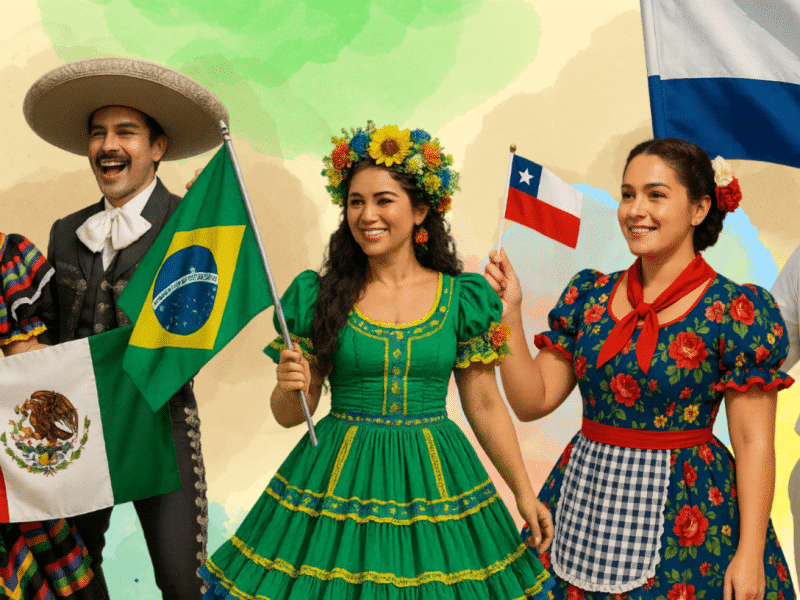Beyond Visibility: LGBT Latine Narratives that Matter
Could LGBT Latinos be among the least represented in television and film, if we look only at speaking roles?

This article is part of a series sponsored by and developed in partnership with The Narrative Initiative to maximize opportunities to grow narrative power, equip narrative changemakers, and empower communities to use their voices in pursuit of social justice.
Could LGBT Latinos be among the least represented in television and film, if we look only at speaking roles?
If we consider two recent studies on representation, we might infer that. The Comprehensive Annenberg Report on Diversity found that, in film and television, Latinos made up less than 6% of the 11,000 speaking characters included in the study. Recently, a GLAAD report made a similar finding – that only 8% of LGBT characters on scripted series are Latinos. Consider those statistics against the 2020 census which estimates Latinos are 19% of the U.S. population and it’s fair to conclude that LGBT Latine characters would be the least represented, and, therefore, the least visible.
But what if representation were only one measure of “visibility”?
Hear me out: I am not arguing that representation in popular media isn’t crucial. We know lack of representation can nurture a context for dehumanization, violence, and policies that hurt communities for generations. Representation is the first step towards becoming part of a story, and our stories tell us who we are. When collections of stories accumulate over a long period of time, certain themes and ideas start to be thought of as “natural” or “common sense.”
Narrative requires representation because we need many voices and perspectives to interrupt harmful narratives and push for deep social change. That is how we, at Narrative Initiative, think with “narrative.”
When I think about the visibility of LGBT communities of color, I often think in terms of “recognition,” rather than representation. LGBT Latine characters, however sparse their number in television and film, have made a tremendous impact on how U.S.-based queer and – straight – people think about belonging, community, family, and LGBT Latine identities.
Rickie Vasquez, on My So-Called Life, was the first openly gay teen to be depicted by an openly gay actor. We had been exposed to “representations” of gay teenagers, depicted by straight actors in homophobic plotlines, but they were not defiant and creative like Rickie. Recently, a few friends rewatched My So-Called Life and were stunned to see how few lines Rickie was given, particularly in the episode about his family’s homophobia. (One used to work at an LGBT homeless shelter and half-jokingly attributed his early interest in LGBT youth work to seeing Rickie on My So-Called Life.) In other words, the representation of Rickie held a kind of narrative power for my generation.
Trans and non-binary Latine fictional characters, like Jake Rodriguez, from the new Tales of the City and Blanca Evangelista from Pose, have challenged dominant narratives about relationships, transition, and family.
Blanca is a caretaker, person living with HIV, political activist – and mother. She has high expectations for her family and fights for their survival in a transphobic and racist world. Jake Rodriguez transitions and, unlike the standard dominant narrative of transition, his world expands and his relationships deepen. By the end of Tales of the City, he has also played a heroic role in his community.
In Love, Victor, the protagonist has complex relationships with each member of his family, who are depicted as loving and accepting, even if they sometimes struggle with Victor’s identity. Most importantly, all of these characters challenge a pernicious dominant narrative: that communities of color are somehow ‘naturally’ more homophobic or transphobic – and violently so. At a time when Latinos and LGBT communities are experiencing increasing levels of discrimination and extraordinary states of violence, we must ask: who does this narrative serve? What made this narrative possible?
Representation absolutely matters and the need to advance more diverse voices within the film and television industry is urgent. But, narrative power isn’t always measured in numbers, sometimes it’s also measured in real life.



